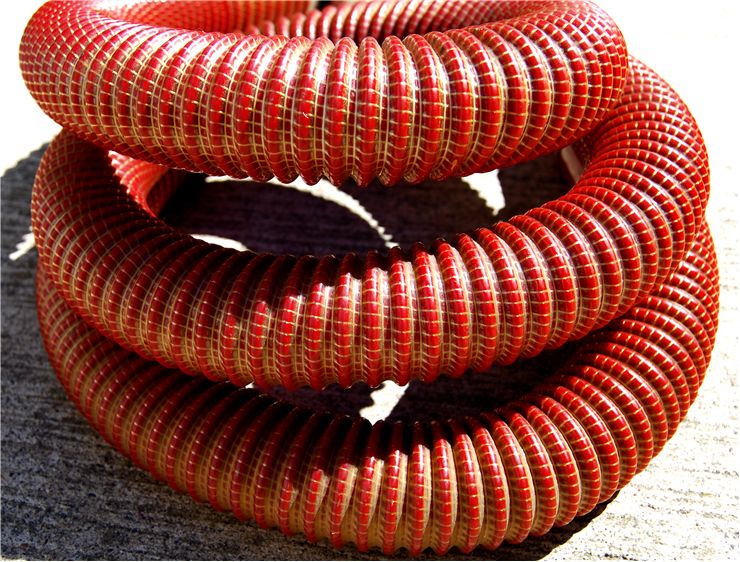Vacuum Cleaner Technology and Specifications
One of the major problems with vacuum cleaners is that they cannot filter dusty air perfectly and that can cause health problems. If a perfect filter is placed it would clog immediately (because it’s perfect). To find a solution, manufacturers approach to the problem differently.
One solution is to reroute filtered air to outdoors and this is done with central vacuum cleaners that are installed in buildings. Some portable vacuums also have this solution in the form of hose that is rerouted through a window which complicates things. Second variant are paper or cloth bags that capture dust but allow for air to pass through. They are emptied or thrown away when full. Bagless variants have a container for dust and a filter in front of it and work similarly to the bags. Vacuum cleaners with cyclonic separation also have no bags but removes dust from the air with centrifugal force and gravity. Water filter forces the air mixed with dust to pass through water. Dust becomes wet, can’t float anymore and fly in the air and it stays in the water which is thrown away when too dirty. Ultra-fine air filter (also known as HEPA filter) traps fine particles such as pollen and dust mite feces and is used as a secondary filter after the air has passed through the whole vacuum cleaner. If there is need to remove odors from the vacuum cleaner activated charcoal filters are used.
To enable the vacuum cleaner to reach places which it otherwise could not or to clean different surfaces, various attachments can be placed at the end of the vacuum hose. Some of these attachments are: hard floor brush, powered floor nozzle, dusting brush, crevice tool and upholstery nozzle.
Characteristics of a vacuum cleaner can be represented with these specifications:
Airflow - which is measured in liters per second [l/s] or cubic feet per minute.
Air speed - a speed of air through a machine in meters per second [m/s] or miles per hour [mph].
Suction, vacuum, or water lift - a maximum pressure difference that the pump can create. It is represented in pascals [Pa] or inches of water.
Input power - power consumption of a vacuum. It is represented in watts [W] but some manufacturers represent this characteristic in current - amperes [A] and leave the customer to calculate power by multiplying amperes with 120V (volts).
Output power - an amount of input power which is converted into airflow through the cleaning hose. Its unit is Airwatt.
